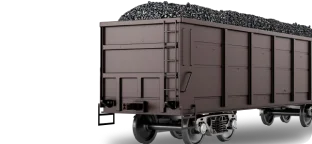
Railway Transport Companies



















Rail freight transportation involves the delivery of goods using rolling stock on railways, utilizing tanks, containers, platforms, and other specialized equipment.
Rail transport covers a significant segment of freight shipping, especially for long distances. The railway becomes the only viable alternative when goods need to be delivered cost-effectively and with minimal risks.
Freight transportation by rail companies is indispensable when the points of origin and destination are far apart, and road or air transport is not financially feasible.
- Bulk cargo — construction materials, grains, feed, pharmaceuticals, and other types of products.
- Loose cargo — materials with an uneven particle size that do not require special packaging or individual unit tracking (ore, gravel, coal).
- Liquid cargo — food and non-food liquids (oils, solutions, petroleum products). These differ in density, viscosity, flammability, danger, and corrosive properties. Many items in this category require specialized transportation conditions provided by freight rail companies.
- Unitized cargo — metal structures, machinery, special equipment, clothing.
- Hazardous materials — radioactive, flammable, combustible, and explosive substances.
- Live cargo — animals, poultry, aquarium fish.
Other categories of cargo also exist, such as perishable, heavy, high-value goods, instruments, vehicles, and machinery.
Before rail transport, always check the storage期限 and ensure all accompanying documents are in place.
Responsible freight companies specializing in rail transport ensure that the type of cargo matches the appropriate packaging for transportation. This prevents loss of material during transit and avoids accidents.
- Containerized. Various types of containers are used for delivering unitized, palletized goods, as well as shipments in bags, boxes, and big-bags.
- Full-carload. A freight car is loaded with a single batch of products. This type of transportation is suitable for delivering large, bulky cargo.
- Hopper cars. These trapezoidal-shaped structures with bottom hatches for unloading are optimal for transporting bulk materials. They help maintain volume, prevent caking, and protect against moisture absorption.
- Flatcars. Delivery on open or semi-open modules with a metal base. These are designed for cost-effective rail transport of goods that are resistant to external influences and do not require special storage conditions, such as equipment, oversized items, or consolidated cargo.
- Refrigerated cars. For this method, covered cars equipped with temperature-regulating systems are used. Refrigerated cars are ideal for transporting food, beverages, and pharmaceuticals by train.
Types of wagons used in freight transportation:
- Boxcars. Most commonly used for delivering consumer-packaged goods, such as auto parts, paper packages, canned goods, and bagged products.
- Hopper cars. These can be open or closed and are designed for transporting bulk, unpackaged goods like coal, sand, grain, and sugar.
- Flatcars. Used for transporting unusually large, long, or irregularly shaped goods, such as heavy machinery, equipment, long poles, lumber, steel sheets, and beams.
- Tank cars. Designed for transporting liquid and gaseous goods, such as oil, chemicals, and gasoline.
- Gondola cars. Used for transporting high-density bulk materials, such as scrap metal, steel sheets, and gravel.
- Coil cars. Specifically designed for delivering steel coils and copper rolls.
Rail logistics continues to evolve, with new transportation methods emerging. Logistics and freight companies specializing in rail transport are improving wagons and auxiliary equipment to ensure faster and, most importantly, safer operations. They are also expanding their geographical reach.
The risks of accidents or emergencies on railways are lower than on highways, making rail transport companies a preferred choice for their exceptional reliability. Whenever urgency is not a factor, rail transport is more cost-effective.
Another important advantage is the lack of limitations on shipment size. It’s possible to deliver large quantities of goods in a single trip.
When sending a container by rail, a set of documents must be prepared. These include:
- a railway waybill,
- a road manifest with a detachable stub that remains at the departure point for storage,
- receipts for cargo acceptance,
- a wagon sheet.
The overall list of documents required for shipping goods by rail also includes:
- a quality certificate (for customs clearance),
- a specification (for customs clearance),
- a waybill in form ТТН-1 or form ТН-2.
The transport waybill is prepared by the shipper (the company ordering the cargo transport).
Rail shipments benefit from a customs advantage — simplified inspection procedures at the border. This is due to the fact that they travel along pre-approved safe routes. Many shipping companies and senders have established electronic document workflows, which expedite the declaration of goods.
Rail transport offers several advantages for implementing logistics strategies, benefiting large enterprises as well as small and medium-sized businesses by enhancing their operational efficiency:
- Universality. Various types of cargo, volumes, and routes — the coverage of the railway network spans most countries worldwide.
- High load capacity. Railway containers, platforms, and tank cars can accommodate large volumes of general, liquid, and bulk goods.
- Safety. Near 100% cargo integrity during rail transportation.
- Fixed schedules. Delays or train stoppages are rare. There are no traffic jams on railway tracks, and weather conditions do not affect speed.
- Economical. Long-distance freight rail transport is especially cost-effective.
- Quicker customs inspections. Relatively simple procedures for processing and documentation.
- Independence from weather conditions. Covered wagons protect cargo from atmospheric precipitation and potential damage. Refrigerated cars maintain a controlled temperature environment to preserve goods.
Rail transport is considered one of the most cost-effective methods, especially for delivering large shipments over long distances. The ability to transport significant volumes of cargo in a single trip reduces the cost per ton-mile (the cost of transporting one ton of cargo for one mile) compared to other modes of transportation.
Transportation companies determine the final cost of rail freight based on a fixed rate. The following factors influence this rate:
- Base delivery tariff for the planned route. This includes compensation for the use of locomotive power and railway infrastructure. This parameter cannot be influenced, as it is set by the government.
- Rental cost. The expense of renting transport units for rail shipping from a logistics company (wagons, platforms, containers, refrigerated cars) and auxiliary equipment. This is determined by the owner of the rolling stock or container fleet.
- Additional expenses. Costs will be higher if it is necessary to deliver the train to a specific station.
💡 Customers can use the functionality of a freight exchange platform to compare prices and find competitive rates. On the Roolz platform, you can also conduct auctions to receive offers from transportation companies and private carriers.
The cost of rail delivery is influenced by the type of cargo, distance, and additional service requirements. In practice, contractual rail shipments are 26% more cost-effective for long-distance transport and large volumes compared to OTR (over-the-road), leading to reduced logistics expenses.
Let’s examine the key criteria for choosing a transportation company for rail freight services:
- Cost. Pricing policy. The ratio of cost to service quality compared to competitors. Many transportation companies provide an online calculator on their website to estimate the approximate price of rail shipping based on cargo type, distance, and other factors.
- Reliability. How the organization manages risks. Consider the age of the rail fleet, condition of wagons, and the state of additional equipment.
- Communication and support. Is there an option to ask questions, track the location of your shipment, or contact a personal manager? Pay attention to the speed of response from the logistics company during your initial inquiry about rail transport.
- Rating, reviews, and legal information. Research what customers say about the company, the issues they encountered, and areas for improvement. Look for feedback from both shippers and consignees regarding similar routes and goods for a more useful analysis.
- Additional costs. How the company calculates loading, unloading, excess storage, and packaging fees. Are these costs included in the base price or charged separately?
Finding a suitable partner is easy through the Roolz platform, where you can find up-to-date listings of transportation and forwarding companies specializing in rail freight.
What is rail freight transportation?
Rail freight transportation involves the delivery of goods using rolling stock on railways, utilizing tanks, containers, platforms, and other specialized equipment.
Rail transport covers a significant segment of freight shipping, especially for long distances. The railway becomes the only viable alternative when goods need to be delivered cost-effectively and with minimal risks.
Freight transportation by rail companies is indispensable when the points of origin and destination are far apart, and road or air transport is not financially feasible.

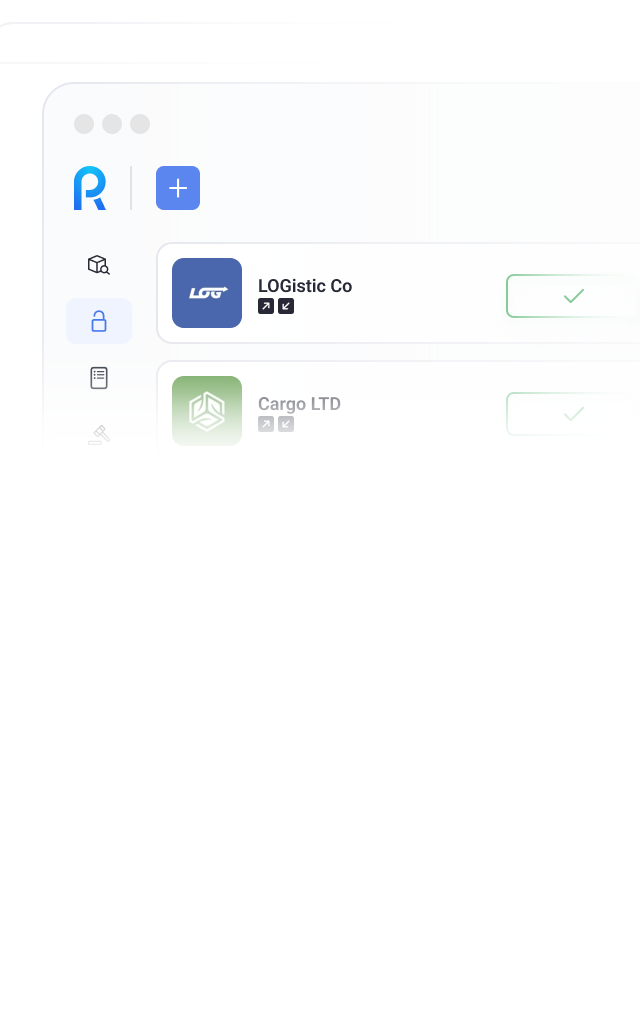
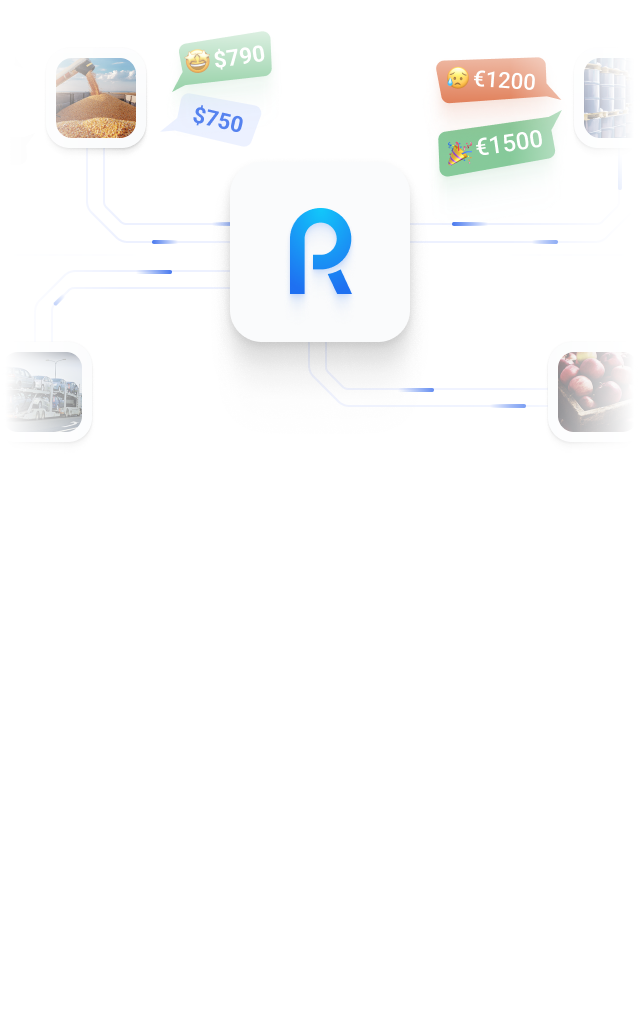

Add your company
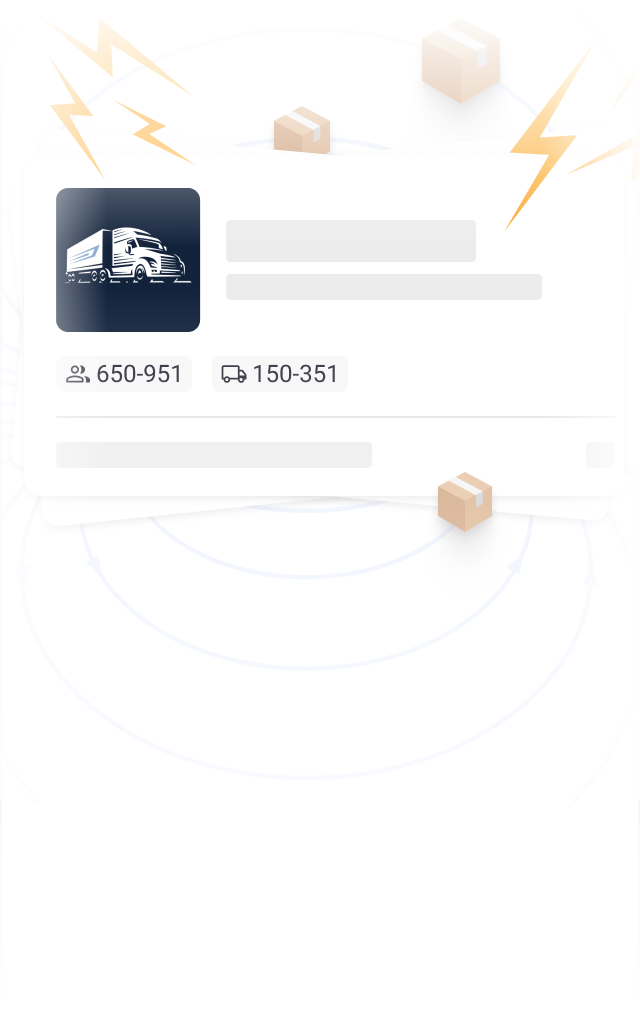
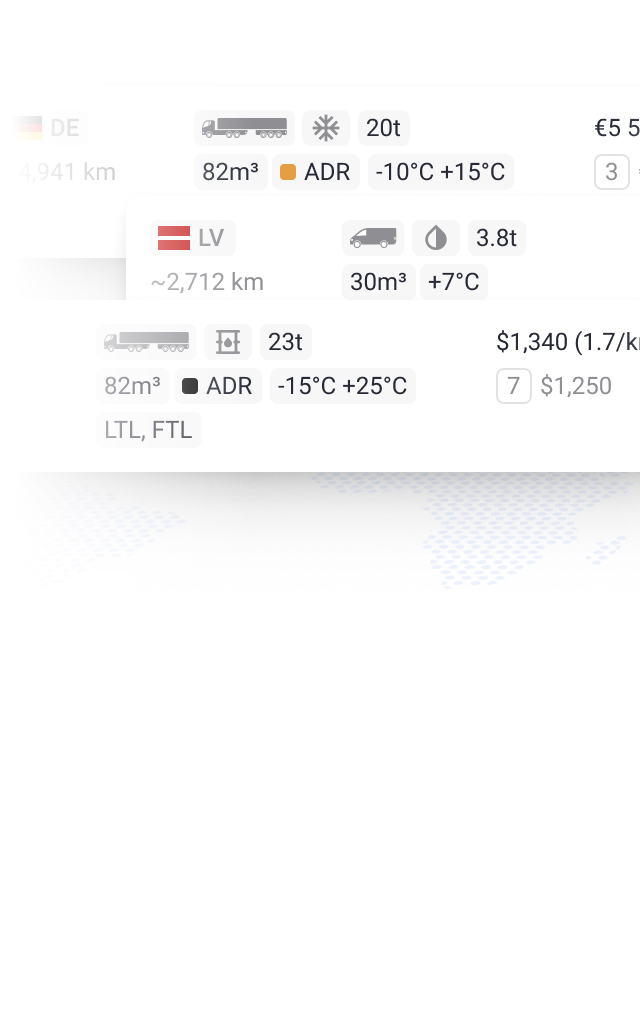
 en
en fr
fr de
de hi
hi pl
pl es
es tr
tr uk
uk